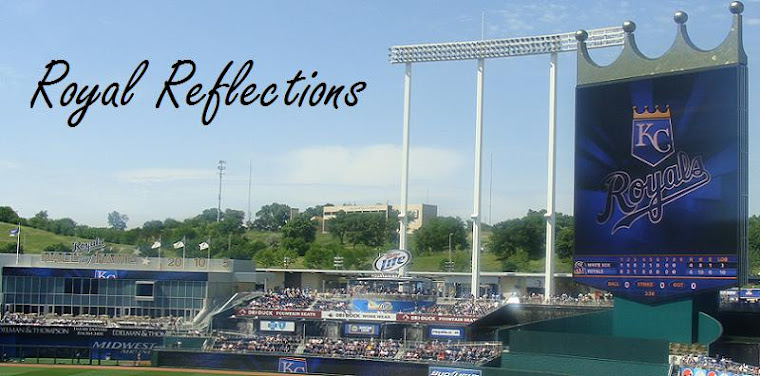A few interesting tidbits about the Royals are in the news:
David DeJesus
Imagine traveling to a city you’ve never been to so a loved one can receive treatment for a rare form of cancer and on top of all that stress, you have to figure out how you are going to pay for your living expenses for your extended stay. Royals outfielder David DeJesus wants to do something about that. He wants to build a home near a sarcoma treatment center that will house families with loved ones suffering from the disease. One of his cousins died from the disease.
“Some families don’t have enough money to fly out here and rent hotels and cars. This would be a place where they can stay and where they could also get more information about the disease,” DeJesus is quoted as saying in an article on MLB.com. “It would take away that one stress in their lives and they wouldn’t have to worry about that.”
Very cool David.
Coaching Changes
The Royals have decided to go in a different direction for 2010 regarding their bullpen and first base coaches. John Mizerock, now the former bullpen coach, was not offered a contract by the He’s been with the Royals since 1992. Rusty Kuntz, now the former first base coach, will become a special assistant to Dayton Moore as well as an outfield and baserunning instructor. Eddie Rodriguez will become the new first base coach. The Royals are looking for a replacement for Mizerock.
So John Gibbons, Bob McClure, Dave Owen and Kevin Seitzer will return for 2010. The only one of those coaches I have a real problem with is Dave Owen. He got more guys thrown out at home in one season than should ever be the case.
Personnel Changes
The Royals decided to retain Scott Thorman, who had a nice season in Omaha (19 HR, 63 RBI, .297 AVG in 97 games). Like so many other players in Omaha, Thorman is getting a little long in the tooth to be stuck in the Minor Leagues. He’s 27, but he’ll offer a little depth at first base and the outfield if the Royals get desperate at one of those positions. Unfortunately, when Thorman got a shot with the Braves at the big league level in 2006 and 2007 he hit just .222 with a .260 OBP in 175 games.
The Royals decided not to retain Brandon Duckworth. Justifiably so. He’s 33 and he wasn’t even very impressive in Omaha this season. He was 3-6 with a 5.31 ERA in 20 games there. You have to wonder if this won’t be the end of Duckworth’s career.



